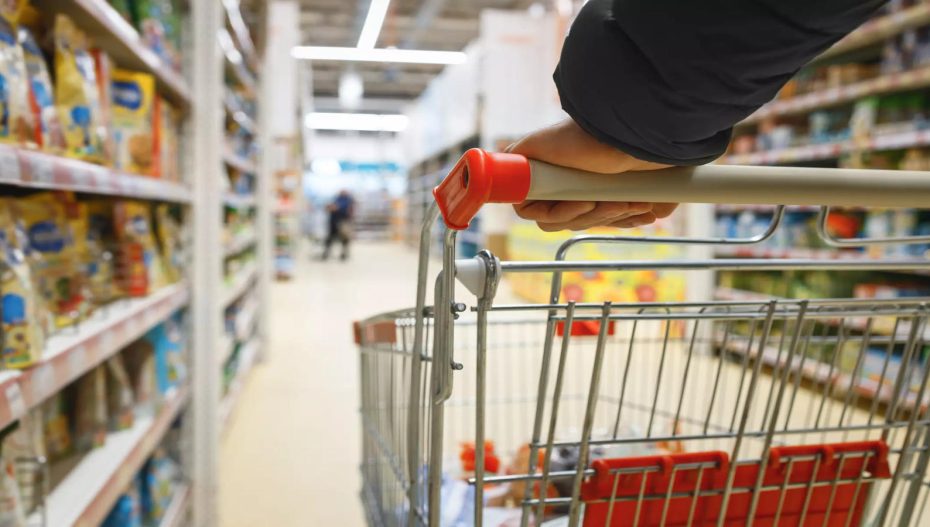A recent report released by the Statistics Ministry reveals that Indian household spending has more than doubled over the last decade. The report indicates a shift in expenditure patterns, with households spending less on food items and more on discretionary items such as clothing, television sets, and entertainment.
According to the report, the share of food in monthly consumption in rural areas has declined from 53 percent in 2011-12 to 46.4 percent in the latest survey. Conversely, non-food consumption has increased from 47 percent to 53.6 percent.
In urban areas, the scenario is similar. The share of food in monthly consumption has decreased from 42.6 percent to 39.2 percent, while the non-food share has risen from 57.4 percent to 60.8 percent.
The report further highlights that the average monthly per capita consumer spending in urban areas has increased from ₹2,630 in 2011-12 to an estimated ₹6,459 ($78) in the survey conducted between August 2022 and July 2023. In rural India, it has climbed from ₹1,430 to an estimated ₹3,773 during the same period.
The latest consumer expenditure survey provides valuable insights into the spending patterns of Indian households and is crucial for gauging demand in the economy. The government will use this data to readjust items considered for calculating retail inflation and gross domestic product data.
Meanwhile, a report by the Boston Consulting Group (BCG) and industry body CII last year stated that prices of packaged household staples, care products, and packaged foods and beverages have more than doubled since 2012. College fees saw the maximum price increase, followed by kitchen staples, household care products, and food and beverages.
The report noted that the price increase has put pressure on the volumes of fast-moving consumer goods (FMCG), as the quantum of price hikes remains firm. Indian households spent ₹5.4 trillion in 2023 on FMCGs such as biscuits, soaps, shampoos, toothpaste, jams, and floor cleaners, marking a surge of nearly 45 percent since 2019.
Also Read: Fact Check: Election Commission Dismisses Fake Election Schedule Circulating on WhatsApp







